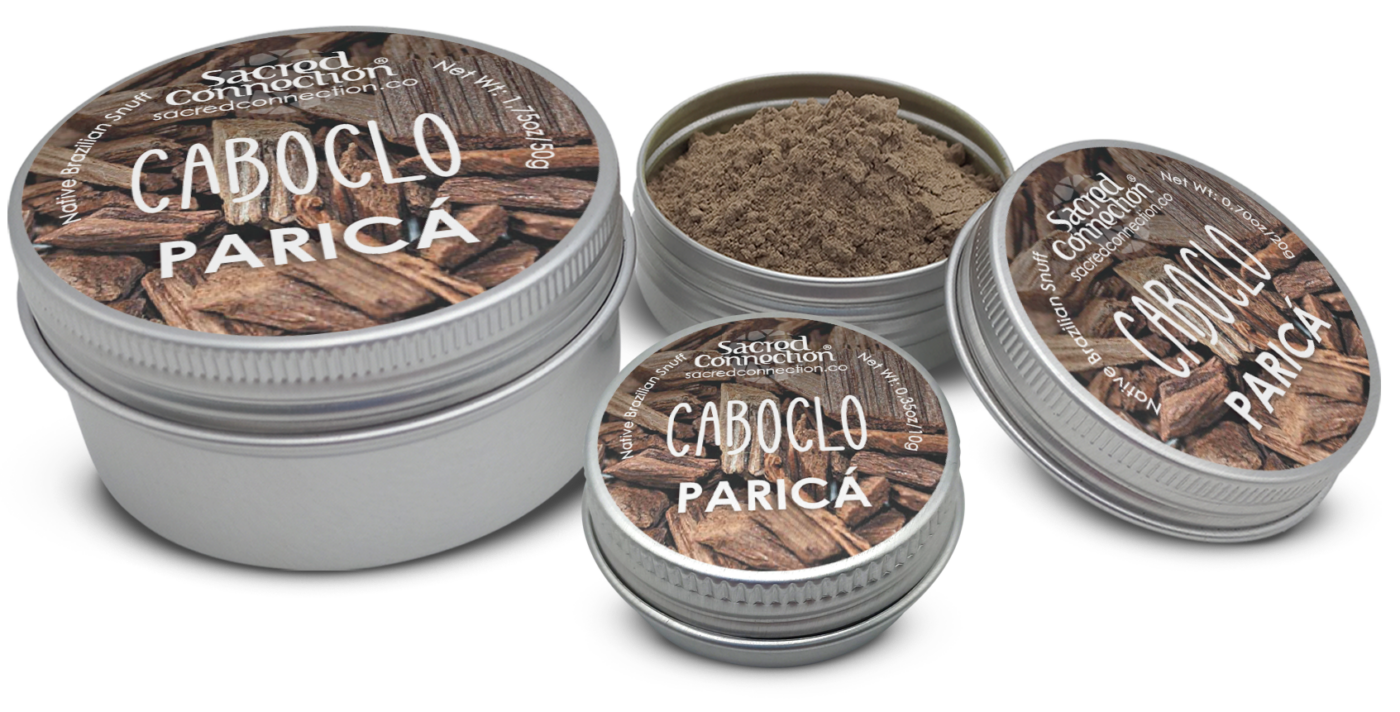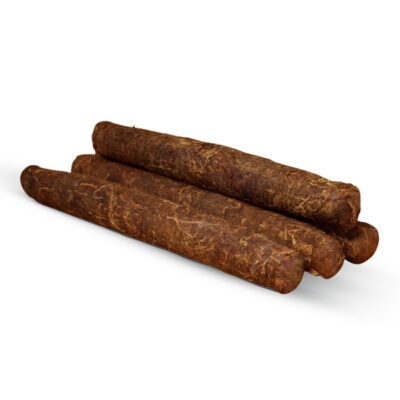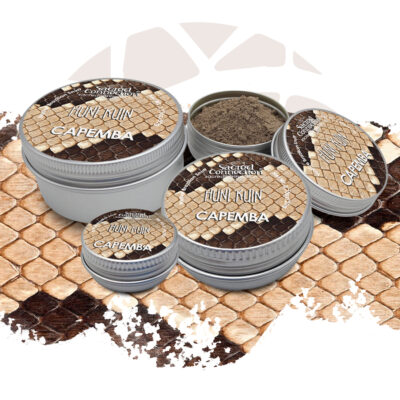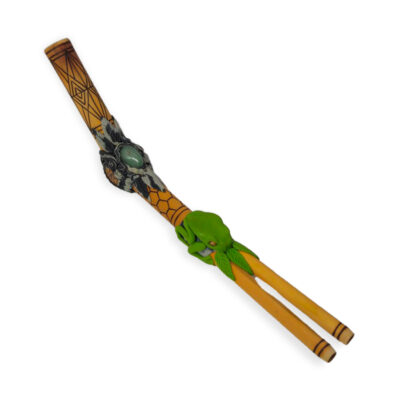What is Rapé?
Rapé (pronounced “ha-pay”) is a shamanic and sacred tobacco-based snuff used across Amazonian indigenous groups. Searching online this question is most of the time answered focusing on the French origin of the word rapé. Maybe ingredients are mentioned: powdered tobacco, ashes and maybe some other plants. To a certain extent that tells you what Rapé in its physical form is but not what it is in its wider shamanic indigenous context.
These are quite complex questions to answer because they raise further questions: Is Rapé only real when it is made by someone with an indigenous heritage? Is any Rapé made by any indigenous person authentic just because of his roots? And the ingredients: Are they all produced and planted and harvested by the tribe? There are many questions that in general, Rapé lovers living far away from the source can’t easily answer. This gives rise to doubts.
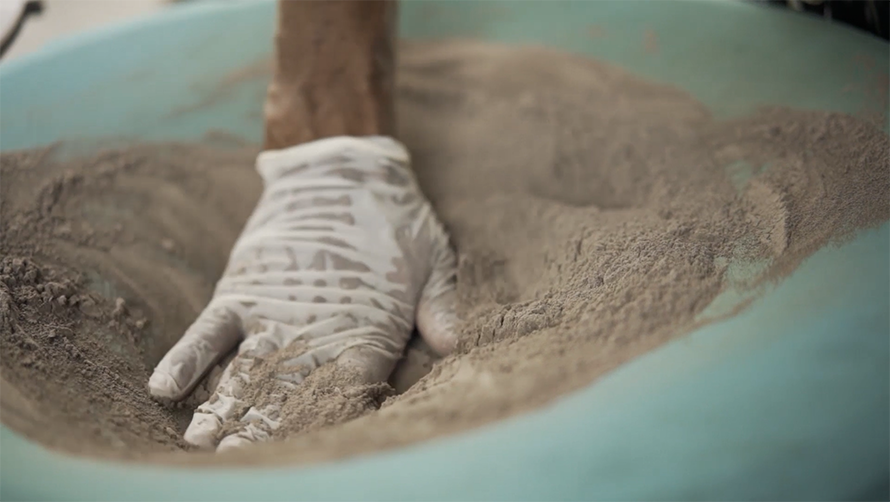
Shamanic Snuff
Let’s start from the beginning. Where did Rapé come from? Each tribe has legends about where the sacred plants originated. Although they are specific to the tribes many have common elements.
The Yawanawá tell the story of their patriarch, the king Ruwa. He lived in a time when death hadn’t found humankind yet. The story goes that he was the first person to die and they buried him in the middle of their Shuhu – their Maloca, or Longhouse. After some time some plants started to grow over this body. A vine sprouted and they called it Uni, or Ayahuasca. Other plants sprouted, some now forgotten. And there was a plant with big leaves growing over his heart, The people didn’t know what to do with it. Their medicine man, who was wise, told them to dry it and beat it into a fine powder. He told them to take a reed or bamboo tube and blow it up each others nose. It would make people fly and take them far.

In Yawanawá tradition you can do good or bad with most plants depending on your intention. But with tobacco you can only do good. That doesn’t mean that taking too much isn’t bad for your health; it just means that it can only be used for healing and positive magic. From the beginning of time till their first contact with the outside world, the Yawanawá have used their Rumã (= Rapé) to elevate their spirit; to concentrate, to contemplate, to heal and to bond.
Mainly the tribes from Acre of the Pano linguistic root use the Rapé we know. Tribes such as the Yawanawá, the Huni Kuin, the Nukini, Kuntanawa, Katukina, Shanenawa and the Shawãdawa. Apart from the Pano tribes we have in the same region the Aruak tribes, such as the Apurinã who make the famous Awiry green snuff. They all made first contact with non-indigenous people during the rubber boom in the late nineteenth and early twentieth century, quite recently when you think about it. Since that time they have been slaughtered, enslaved and hooked on alcohol. Perhaps worst of all they had their cultural heritage destroyed by the missionaries and government policies. These missionaries deprived many tribes of their language, their spiritual belief and their medicines. Their sacred medicines have always been a major part of their cultural heritage and spiritual identity.
Rapé, the Comeback
Most tribes lost most of their plant lore during this colonization. Only a few members of the older generation kept the knowledge of which herbs to use to make Rapé, what trees to burn for ashes, and so on. We know that some of the Huni Kuin have been using it continuously, although very few of them.
The Katukina, who were the first to bring the Kambô medicine to the outside world, also brought Rapé with them quite early on.
For the Yawanawá, we know that when the first white man, Angelo Ferreira, arrived, the chief served him Rapé to see what he was made of. Since these times they have had a long and sad story of working effectively as slaves with all the hardship that entailed. They lost nearly all their culture, until a new generation started to restructure their community in the ’80s and ’90s. They kicked out the missionaries and brought back their medicines. When they brought back the last two living shamans, who had lived more or less as outcasts during the rubber days, they started to regain their identity. They reclaimed what they could from their lost knowledge. The medicines like Ayahuasca or Uni and Rapé were studied again. The first to get initiated on a diet was their chief Biraci Nixiwaka.
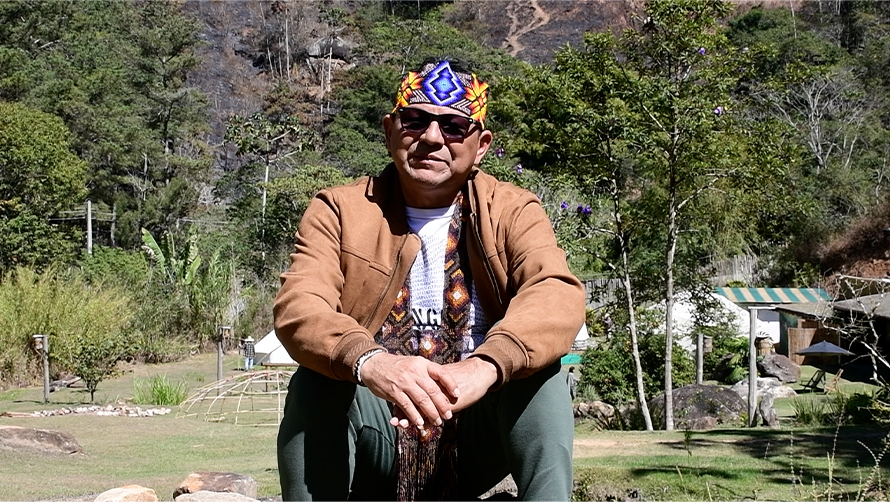
Each tribe has a story of regaining their identity and recovering their secrets.
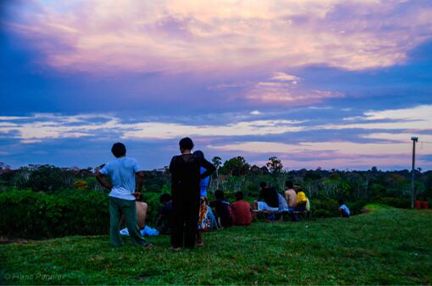
Sacred Snuff
Nearly all tribes lost most of their ancestral knowledge during the colonization. Still some kept their traditions more intact than others, Rapé as well. For instance the Apurinã Rapé is the same as it has always been. It is dried and powdered Awiry leaf. It used to be harvested wild on the river banks but nowadays with the expansion of its use they also cultivate the plant.
What is real? There are many types of shamanic snuffs. Some are psychoactive like Virola or Yopo, they are used from the northeast of Brazil all the way through the Amazon into Colombia and Venezuela.
In Peru the Matses have Nunu which is comparable to the Apurinã snuff. Before the contact there were many more that have been lost since.
Nowadays most tribes obtain their tobacco from shops and non-indigenous tobacco producers. The ashes they burn from trees harvested in the forest and the herbs they add are collected in the wild or sometimes grown in gardens. There is the local Mapacho variety, the so called Tabaco de Moi, that is grown in Acre. There are the medium strength tobacco types such as the Arapiraca corda tobacco, or the stronger Sabiá variety. All those varieties are Nicotiana rustica as opposed to the Nicotiana tabacum used in cigarettes and roll ups.
In the past, the ashes used to make Rapé were made exclusively from tree bark. Many tree barks are used for their medicinal properties. Now there is so much worldwide demand for Rapé that the wood is burned as well to increase the yield from each tree. Rapé made with ashes burned purely from bark is considered superior and is preferred for personal use.
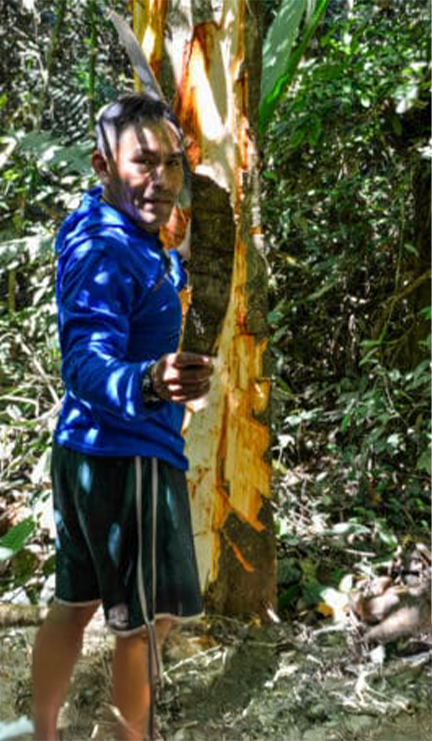
Modern Times
Most of the herbs used to make Rapé are gathered from the surrounding area but certain non-native plants such as Eucalyptus are used as well. Some top indigenous Rapé makers like to put a few leaves in their medicine to create a fresh scent and to mask the strong smell of the tobacco. Like everyone, indigenous people adapt their customs over time and make use of new ingredients that become available.
The more traditional men of the Yawanawa say that the only real Rapé (their Rumã or Rumé) is made with Tsunu ashes. Still there are others who sometimes like to use Mulateiro since it is a tree that makes a good ash and grows abundantly in their territory.
There are many indigenous youngsters from different tribes that burn any old wood they can find to make their Rapé. Some simply want to make Rapé to get money to buy alcohol, while others go on long diets, study their traditions, conduct ceremonies and are truly dedicated to their spirituality. We are all just human, no matter the color of our skin or tribe we are from, some like to do things the right way and others don’t.
Indigenousness
Can indigenous people move forward in time to live like modern people, or should they stay stuck in the Stone Age? Most of the indigenous I know and work with like a nice pair of jeans or sneakers, enjoy a good phone and have a Facebook account. Does that make them less indigenous? I don’t think so: living in the 21st century doesn’t mean you cannot maintain your traditions.
All my friends and contacts are youngsters and very dedicated to their spirituality. While they are modern, they also live their traditions. They eat what they hunt and fish, grow their food, do long diets deep in the forest and so on. I am from the Netherlands, I don’t wear wooden shoes and I don’t stick my finger in dykes, but that doesn’t make me less of a Dutchman, even after living 25 years around the globe.
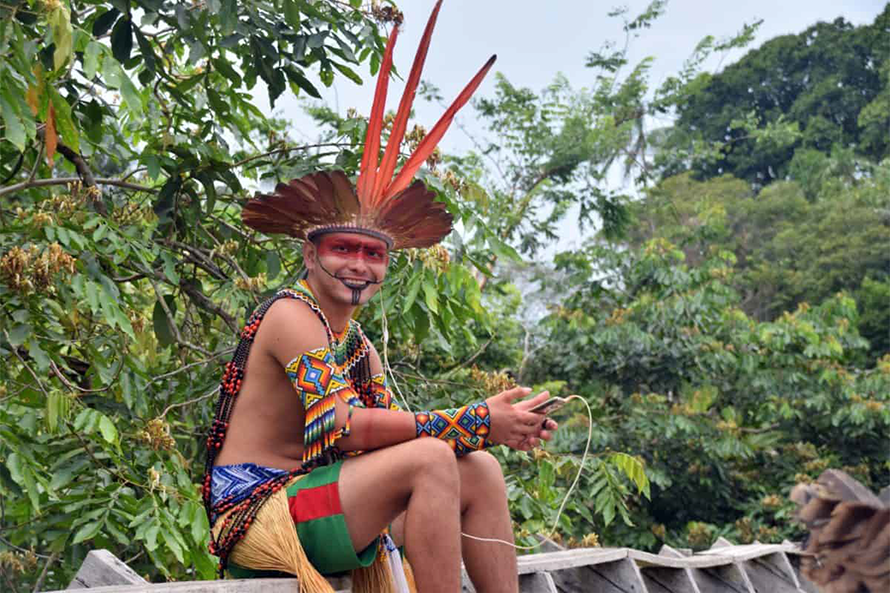
Then we have the non-indigenous Rapé makers. Some are true masters: among the best and most dedicated. One of my dear friends is a top Rapézeiro, makes a medicine superior to most indigenous makers, and can recognize most types of ashes by looking at them and feeling the texture between his fingers. Would I say his Rapé isn’t real because he isn’t from any tribe? In the Amazon, the question of belonging is often relative because most people there have quite a high percentage of indigenous blood running through their veins. Even outside the Amazon there are good Rapé makers. I myself am a gringo and make a very decent medicine that some of my indigenous friends consecrate with pleasure when I present it to them.
What Makes a ‘Real’ Rapé?
So let’s summarize: What really is Rapé? And which Rapé is ‘real’ and which isn’t? We will only consider here the indigenous types:
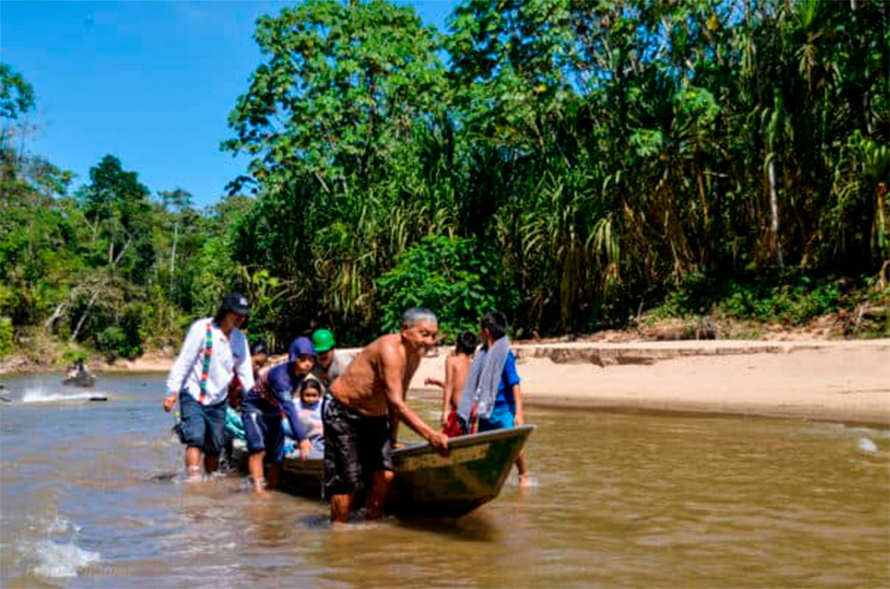
Embark on this bright journey with our brother,
Jesse, and learn all about his
Caboclo Paricá rapé!
